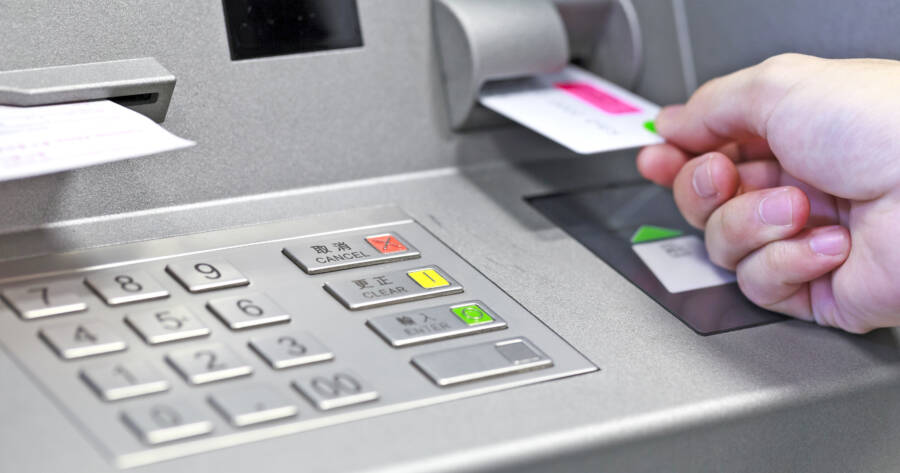Banking is a great — and almost necessary — way to keep your money safe and managed. Unfortunately, it isn’t free. The most common checking or savings accounts from major banks come with a bevy of fees. Some of them are unavoidable, like a monthly service fee. Others, like overdraft or NSF fees, are only a problem if you mismanage the dollars in your account.
Over a lifetime of banking, these fees can certainly add up. The good news is that you can avoid many of these fees. Even the one you can’t avoid, you can shop around different banks, compare account types, and hopefully pay as little as possible. Having a bank account is a huge convenience. Your paycheck can be deposited directly into it and you can use an online banking app to pay your bills directly from your smartphone. Just don’t allow these conveniences to cost you a ton of extra money in petty bank fees.
Here are the most common bank fees you’ll encounter, and how to lower them — or eliminate them completely.
Account Maintenance Fees
This is the most basic type of banking fee. Basically, almost any kind of bank account comes with a monthly fee. They typically range anywhere from about $4 a month, up to $25 a month. The size of the fee directly relates to the type of account it is, along with a few other conditions.
For example, a savings account will typically have a much lower monthly maintenance fee. That’s because it’s not designed to support dozens of monthly transactions, like direct deposits, debit purchases, or online bill payments. A savings account is, in theory, an account that you stash a bit of extra money into every month, and let it grow.
On the other hand, a checking account is what you use every day. Your automatic payments probably come out of it. You use it to grab cash from the ATM. The monthly service fees for a checking account are generally higher.
How to Save:
Some accounts reduce (or eliminate) the monthly fees if you maintain a minimum monthly balance. You can also seek out no-fees checking accounts, as many banks offer them. However, read the terms carefully. They may be free, but still charge smaller a la carte fees for routine transactions.
 Shutterstock
ShutterstockATM Fees
Most banks won’t charge you for using their own ATMs. However, if you ever find yourself forced to use a third-party machine, prepare to pay up. Not only will the machine’s parent company likely charge you a buck or two to use it, your own bank may tack on additional charges. It’s not uncommon to have to pay $3 or $4 just to withdrawal $20 in some places.
Some banks also limit the amount of ATM visits you can make per month, even is you use their locations. You may get 10 or 20 free transactions and have to pay a fee if you go over.
How to Save:
The easiest way to save on ATM fees is to plan ahead. If you’re going to need cash for something, plan to visit your bank’s ATM in order to avoid fees. Try to avoid those off-brand, third-party ATMs at convenience stores or bars — they typically charge the most. You can also get a checking account with unlimited transactions (although you may pay more of a monthly service fee for it, negating any savings).
The good news is that most places now offer a way to pay by debit or credit card. This switch was hastened by the pandemic, when contactless payments became even more preferred.
 Shutterstock
ShutterstockOverdraft Fees
Overdraft fees are pretty simple to understand. If your checking account ends up in the negative, your bank will likely cover the difference for you. Except they’ll charge you dearly for the service.
It happens to the best of us. You accidently forgot your car payment was coming out on the 15th or that check you wrote for your nephew’s birthday was finally cashed. Suddenly your account is reading “-$4.67.” Oops! These overdraft charges are often $35 to $50 apiece. If you think it’s a mistake and try to use your debit card again, you could be hit with multiple charges.
How to Save:
Your bank probably has some sort of overdraft protection. The only issue is that you have to make the effort to opt-in, as it’s rarely automatic. One solution is have your bank use your savings account to cover any overdraft charges, avoiding the extra fee. You may also be able to use your credit card as overdraft protection.
You can also instruct your bank to simply refuse any transaction that would overdraw your account. However, that could leave you in a tough spot at the grocery store checkout line. It could also result in other fees from companies who take automatic payments from your account.
For example, if your car payment or life insurance payment is denied because there isn’t enough money in your account, those companies may enact their own penalties. In extreme cases, that could mean your interest rate goes up, your car is repossessed, or your insurance is cancelled.
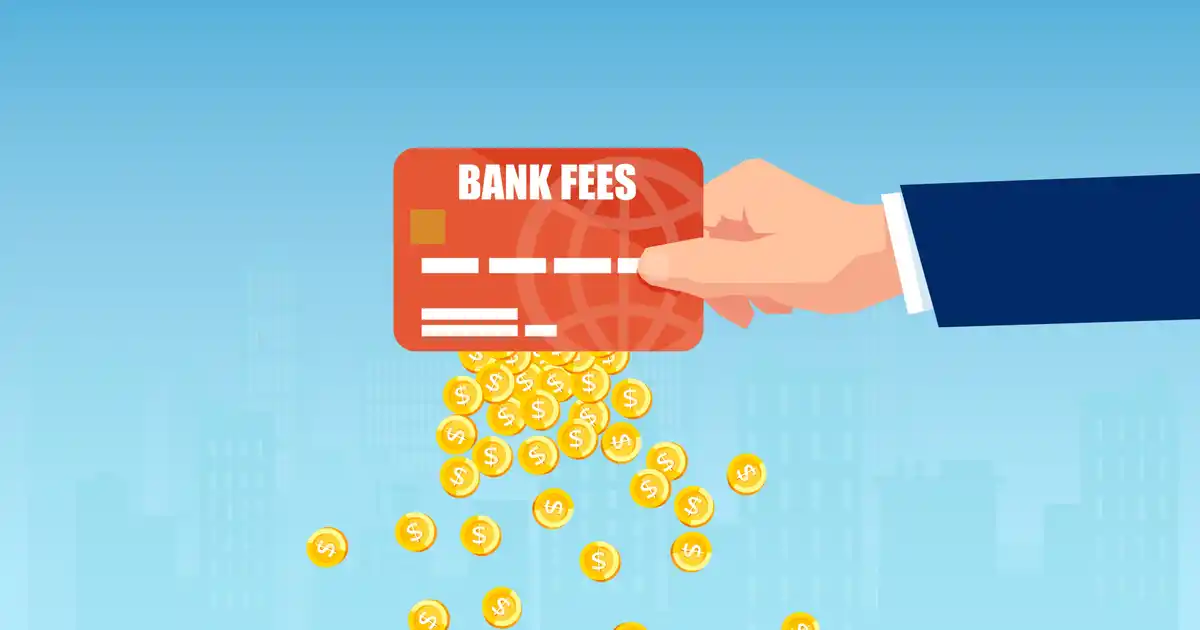 Shutterstock
ShutterstockInsufficient Funds Fee (NSF)
An insufficient funds or non-sufficient funds (NSF) fee is similar to an overdraft fee. They typically range between $25 and $50, depending on the account type and the bank. Unlike an overdraft fee, your account won’t go into the negative. While an instant transaction, like a debit purchase, would simply be denied, an NSF fee is often triggered when you wrote a check that your account can’t cover. Or when an automated payment can’t be covered.
How to Save:
If you make one honest mistake, you can likely ask your bank to simply remove the charge. If you’re a long standing customer, they may give you a break — as long as it doesn’t happen frequently. You can also enroll in overdraft protection, where the bank will cover any charges that put you into the negative. However, that service also costs money — but less than a one-time $50 fee, if you find yourself in an NSF situation on a regular basis.
Some banks or account types don’t charge for NSF situations, so you could seek them out. Ideally, though, you manage your money well enough for this to not be a regular concern.
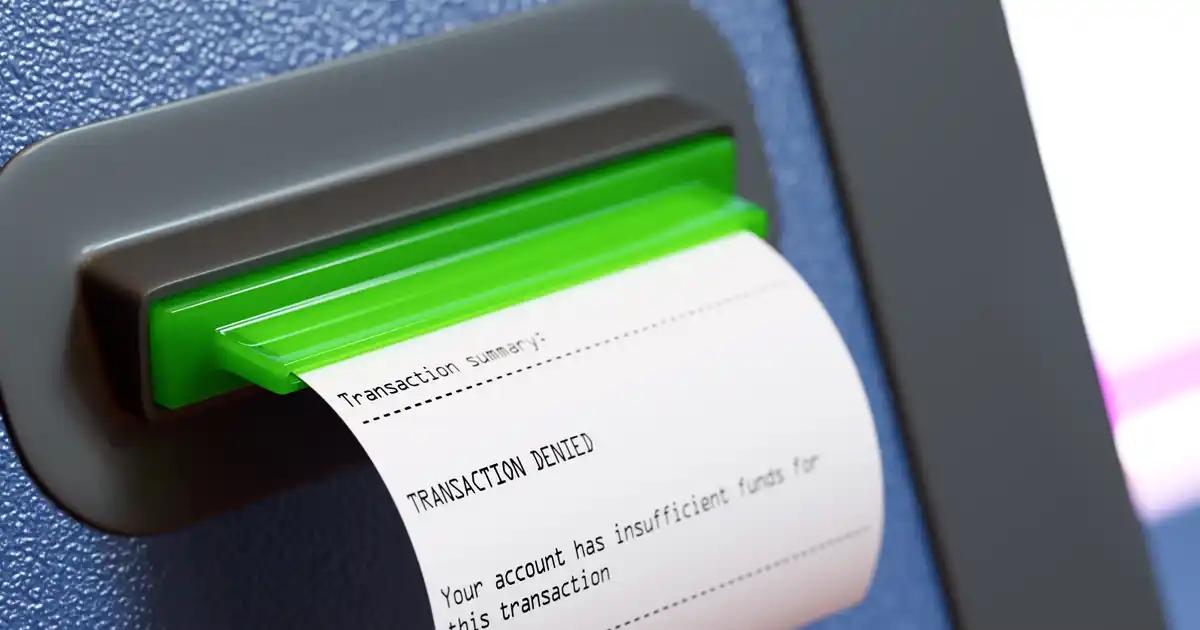 Shutterstock
ShutterstockExcess Transaction Fees
Most accounts have some sort of transaction limit. This is especially true with savings accounts, which legally limit you to six withdrawals per month. Even checking accounts can have transaction limits, which include cash withdrawals, along with any online bill payment or debit purchase. If you go over these limits, you can expect to pay anywhere between $8 and $20 in extra fees.
How to Save:
Some banks changed their withdrawal rules during the pandemic. The first thing you should do is know exactly what your bank and account type allows. If you’re making more than six withdrawals from a savings account every month, then you’re using it wrong. Get a cheap or no-fee checking account instead. And if you’re making too many transactions with your checking account, it’s probably worth switching to a different account type that offers unlimited transactions for a slightly higher monthly service fee. You’ll end up paying less in the long run.
 Shutterstock
ShutterstockWire Transfer Fees
A wire transfer is when you send money directly from your account to another account. Sometimes you do this instead of writing a check, using Venmo, or simply giving your friend or family member a wad of cash. Wire transfers are especially useful if you’re sending money to a bank account in another country.
On average, wire transfer fees are anywhere from $10 to $50. Luckily, there are some more affordable ways to send money — even if the recipient is far away or in another country.
How to Save:
The rise of the internet has made it incredibly easy to send money from person to person. There are numerous ways, many of which are cheaper than a wire transfer. You can use PayPal or Zelle, both of which operate in many countries. You’ll still pay a small fee, but it’s likely less than a wire transfer would be. You can also explore converting your cash to cryptocurrency and sending it that way — just watch out for heavy fluctuations in price.
If the account you’re sending money to has a local branch in your area, there’s an even easier way. Just walk in and ask to deposit cash into the account. You don’t need to be a customer of the bank, but you will need the account details from your friend or family member.
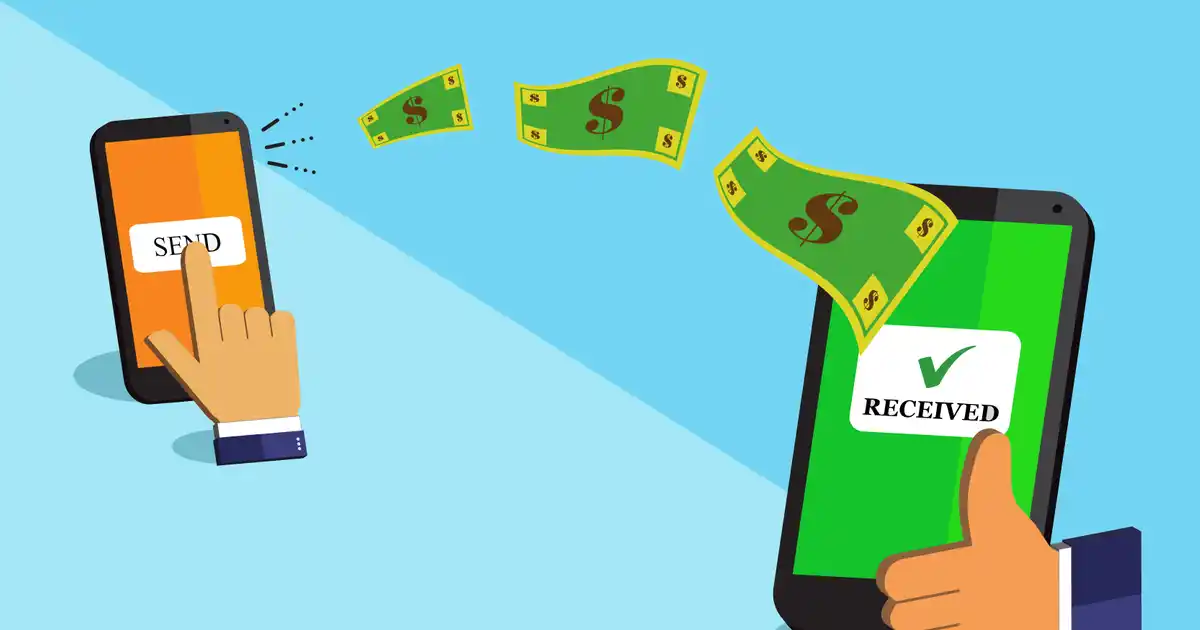 Shutterstock
ShutterstockInactivity Fees
Inactivity fees are exactly what they sound like. If you have precisely zero transactions (deposits or withdrawals) over a period of time, your bank may declare your account inactive and start charging additional fees. The minimum time before they do this is usually six months or one year. These inactivity fees can cost $10to-$20 a month.
How to Save:
If you have a bank account you’re not using, don’t keep paying for it. Close it entirely. If there’s a balance, withdraw it and use the money better elsewhere. It’s better to make a small investment in a mutual fund or ETF than to let the money get whittled away in a dust-collecting bank account.
If you insist on keeping the account open, make sure you use it sparingly. Maybe set-up a direct payment for a streaming service to come out of it. Or create an automatic transfer of $20 from your main account to the “inactive” account every pay day. Just a small something so that the bank doesn’t flag it and start charging you more.
 Shutterstock
ShutterstockLost/Replacement Card Fees
Over the course of a lifetime, pretty much everyone will lose their banking cards at least once. Whether they got stolen, misplaced, or just otherwise accidently destroyed, you’ll eventually need to order a new debit and/or credit card. Unfortunately, they often come with a cost. Banks typically charge anywhere between $5 and $30 for new cards. Expect to pay on the higher end if you need the new cards expedited to you, too.
How to Save:
Obviously, the easiest way to avoid these fees is to simply not lose your cards. Keep them in a wallet or purse, instead of loose in your pocket. However, that advice isn’t very useful if you’ve already lost your cards. Some banks don’t charge for replacement cards at all, as long as you don’t need a rush order. You can also try to play the pity card, explaining that your dog chewed up your purse (or other sad story) and ask the bank to waive the replacement card fee. They just might say yes.
 Shutterstock
ShutterstockPaper Statement Fees
We live in a digital world! The days of receiving monthly account statements in the mail or updating your physical bank book (remember those?) are long gone. If you’re still receiving paper statements, you’re probably paying for the privilege. On average, banks charge about $3 per month (per account) to send paper copies to your address.
How to Save:
If you’re absolutely stuck in your ways about paper statements, then you’ll simply have to suck it up and pay — or find a bank that doesn’t charge for them. On the other hand, it’s time to embrace the future. You can login into your online banking via a PC or smartphone and download all the PDF statements you might need.
If you’re still getting paper statements in the mail and being charged for it, you may have to call the bank (or visit in person) to request they stop. Some online customer portals don’t include the option to opt out.
 Shutterstock
ShutterstockAccount Closing Fees
Believe it or not, some banks even charge you a fee to close your account. The good news, however, is that this usually only applies to accounts that are less than six months old. It’s pretty rare to only need a bank account for a couple months, so this fee shouldn’t apply to too many people. However, it’s still a $25 to $40 charge if you end up having to pay it.
How to Save:
Just… don’t close the account. Simple, right?
Okay, it’s not always that simple. Before you open any type of bank account, ask yourself if you really need it. Do you already have another account that basically serves the same purpose? If you’re planning to move in the near future, try to make sure you pick a bank that is also serviced in your new city. That way you won’t have to close the account and open a new one.
It may be worth it to just leave the account open for another couple months, and close it after the early closing fee timespan expires. Just make sure the monthly services fees are less than the closing fee would be.
 Shutterstock
ShutterstockCredit Card Insurance and Foreign Exchange Fees
These aren’t your typical bank account fees, but they are still worth mentioning. Most credit cards offer balance insurance. It’s a small percentage of your balance, charged every month, that covers a payment insurance plan. If you are suddenly unable to work, get injured, or pass away, the insurance will kick in. Depending on the policy, it may pause interest charges and payments, or pay off most (or all) of your balance.
Another common credit card fee is foreign exchange fees. If you use your card to buy something from a website that is based in another country, your card company will likely convert the currency for you. However, they will charge you for the convenience.
How to Save:
A credit insurance policy is entirely optional, which means you can cancel or opt out of it any time. All it takes is a phone call to your credit card provider. As for foreign exchange fees, there’s no simple fix. If you do a lot of international shopping, look for specific credit cards that specialize in foreign purchases. You won’t get the best exchange rate in the world, but it will be better than your standard Visa, MasterCard, or American Express rates.
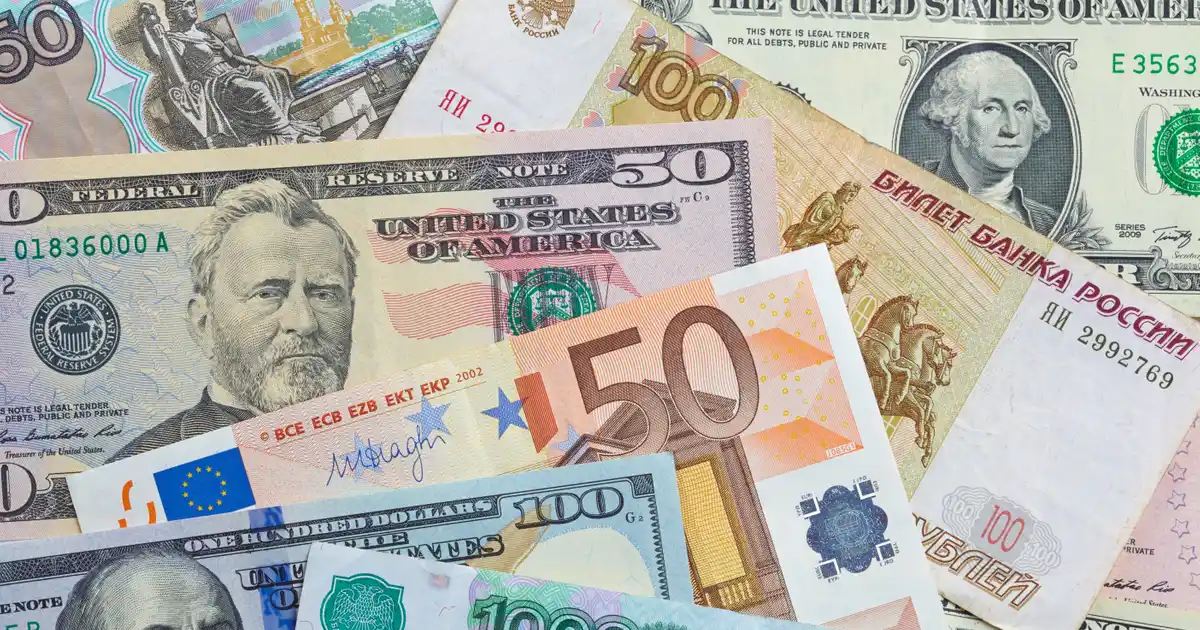 Shutterstock
ShutterstockThe Bottom Line
Making use of bank accounts and other banking products can make your financial life much easier and more convenient. You can collect your paycheck directly into your checking account, pay the bills online, and transfer the remaining money to a savings or investment account — all from the comfort of your couch, via a laptop or smartphone. It’s never been easier!
Unfortunately, these services aren’t free. Banks make billions every year by charging their customers small amounts for almost anything. It’s worth doing a quick audit of your bank accounts to determine what fees you’re paying. If they seem unreasonably high, it’s time to shop around for different accounts or another bank altogether.
 Shutterstock
Shutterstock